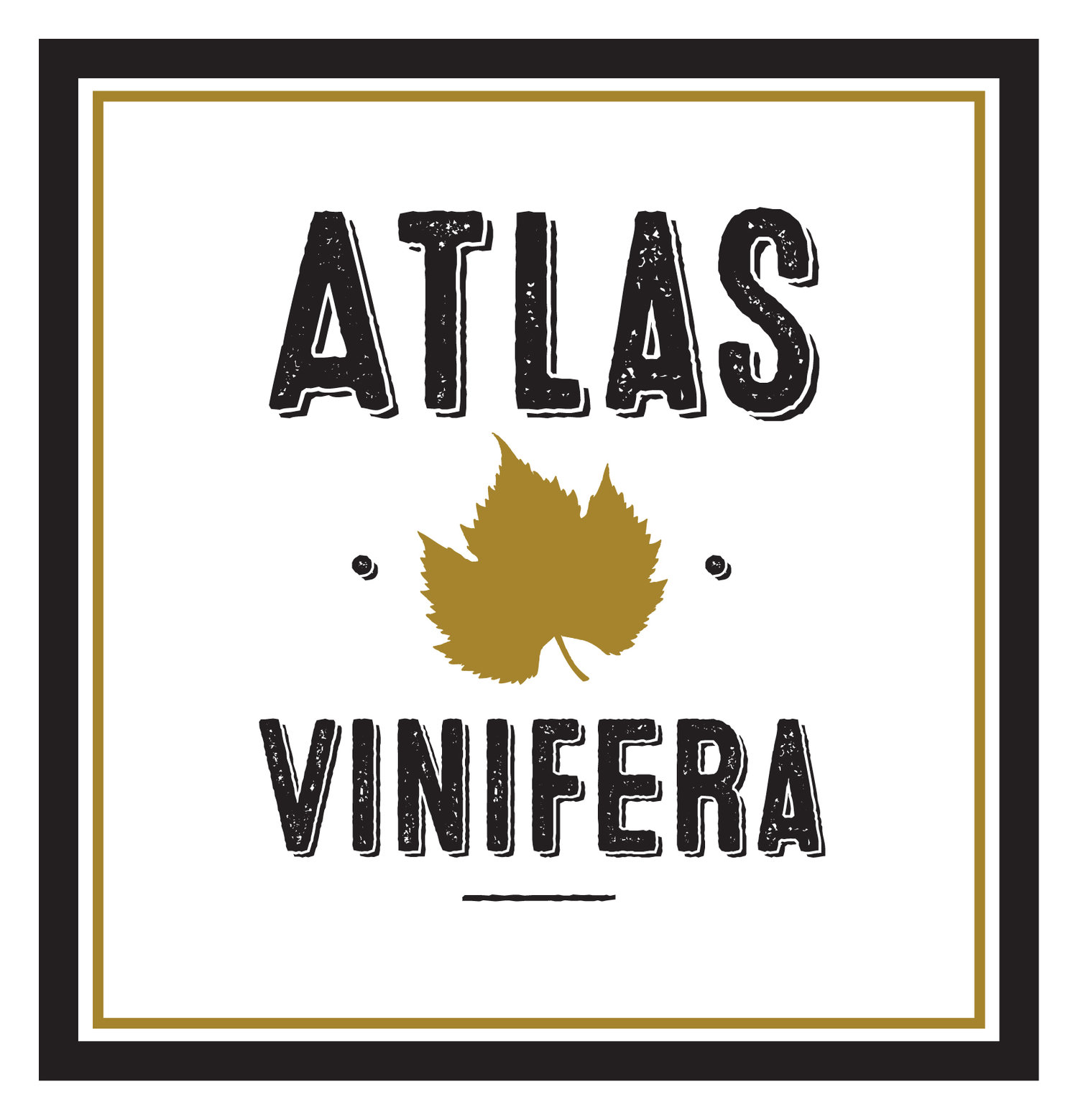The RhÔne
Gigondas Vineyards AOC, Rhone Valley
The Rhône Valley
Grape Varieties: Shiraz, Grenache, Mourvedre and many more.
The Region: The Rhône Valley was long considered a poor cousin of its neighbours Bordeaux and Burgundy, despite being one of the oldest wine producing areas in France. An agricultural area, it suffered from lack of interest and investment, meaning that it was slower to modernize than other regions of France.
This all changed in the 80’s, when Marcel Guigal began producing extraordinary wines from his vineyard in Côte-Rôtie. The affectionately named ‘La La’s’ garnered the attention of American wine critic Robert Parker, and as a result the area was reinvigorated.
The Rhône Valley is split into two distinct halves, the North and the South, which produce vastly different styles and quantities of wine.
The precipitous North, where Côte-Rôtie is located, is the home of Syrah (or Shiraz), and the appellations within are exclusively dedicated to its production. The only exception to this is the addition of a portion of Viognier, a white grape, into the Shiraz, giving it a more lifted, floral aromatic profile. This is only done in some of the regions, and by some of the producers. The Syrah from these appellations, the most famous being the aforementioned Côte-Rôtie, and also the hill of Hermitage (a name which Penfolds used on their Grange release until the French restricted its usage outside France), is a very different style to the Shiraz that we know and love here in Australia. It is a more savoury, dry style, with less of the upfront, jammy fruit that you see out of some of the warmer regions. The regions in the North are generally quite small, and so is their production.
The Southern Rhône is the province of quantity over quality - of course with exceptions. It is not that the wines of the south are of a low quality, instead that the flatlands of the south are more conducive to larger production quantities. The main grape in the South is Grenache, which is blended with Syrah, Mourvèdre, and occasionally some other varieties, to create the eternally popular Côtes-du-Rhône. While Côtes-du-Rhône can theoretically come from any area within the valley, in practise the vast majority of this is produced in the South. The Côtes-du-Rhônes of some of the Northern based producers tend to favour Syrah as the majority shareholder in the blend, with supporting roles given to Grenache and Mourvèdre.
Côtes-du-Rhône Villages is a higher classification level, given to wines from certain designated villages that produce grapes of a higher quality than some of their neighbours. These are the best value and quality Côtes-du-Rhône that can be found, and some of the wines are excellent. Some of the villages have since been elevated to have their own appellations, due to the quality of wine being produced within their boundaries. These newer appellations, including Gigondas, produce some beautiful wines that are priced higher than their villages counterparts.
The odd man out in the Southern Rhone is the magnificent Châteauneuf-du-Pape, France's oldest delineated wine region. Its name comes from the schism that occurred in the Catholic Church in the 14th century, when the Pope moved the seat of power from Rome to Avignon, and translates to "new castle of the Pope". Châteauneuf-du-Pape is different from the rest of the Rhône because of the wines it produces - made from up to 18 different grape varieties if a producer so desires. In reality, the vast majority of the wines are Grenache based, and only one producer is known to still utilise all 18 varieties. These wines are highly prized and have prices that reflect this..
The Style:
Northern Rhône Syrah is a very savoury style of wine, with a flavour spectrum that evokes charcuterie, smoke, roasted meats, pepper and olives alongside sweeter notes of black raspberry, violet and blackcurrant. The tannins are firm and the wines are quite full-bodied, with excellent ageing potential. The wines don't come cheap but are very rewarding.
The Grenache based wines of the South have more fruit sweetness and are more approachable when young, generally with a rich and smooth mouthfeel. They are full-bodied in style, with flavours of licorice, violets, redcurrant, blackberry, sweet spices, mocha and cherry. They don't have the same ageing potential as the wines of the North, but some of the Châteauneuf-du-Pape wines are absolutely built to last, as well as some of the more premium Côtes-du-Rhônes and Village AOC's.
What to Buy:
The best value can be found in the South, in the Côtes-du-Rhône wines. A good way to start with a Rhone Valley producer is to try their entry level Côtes-du-Rhône, as these will generally be a simpler reflection of their overall style. Some absolutely cracking wines can be found in the AOC's Gigondas, Vacqueyras and Cairanne.
When it comes to the North, the wines of Côte-Rôtie, Hermitage and Cornas are the priciest, as they are also the most famed for their excellent quality. However, there are a couple of appellations in the North where you can still get excellent value wines, but make sure you do your research on the producer. The wines from Crozes-Hermitage, which is located across the river from Hermitage proper, produces some of the best value wines of the North. Saint-Joseph can also produce wines of excellence, but they tend to be lighter in body that those of Crozes - in some cases stylistically similar to Beaujolais.
When purchasing premium Rhône wines, make sure you do your research on vintages and producers. There is still some value to be found with the smaller producers, and the wines of Cornas have not yet reached the price levels of Côte-Rôtie and Hermitage.



